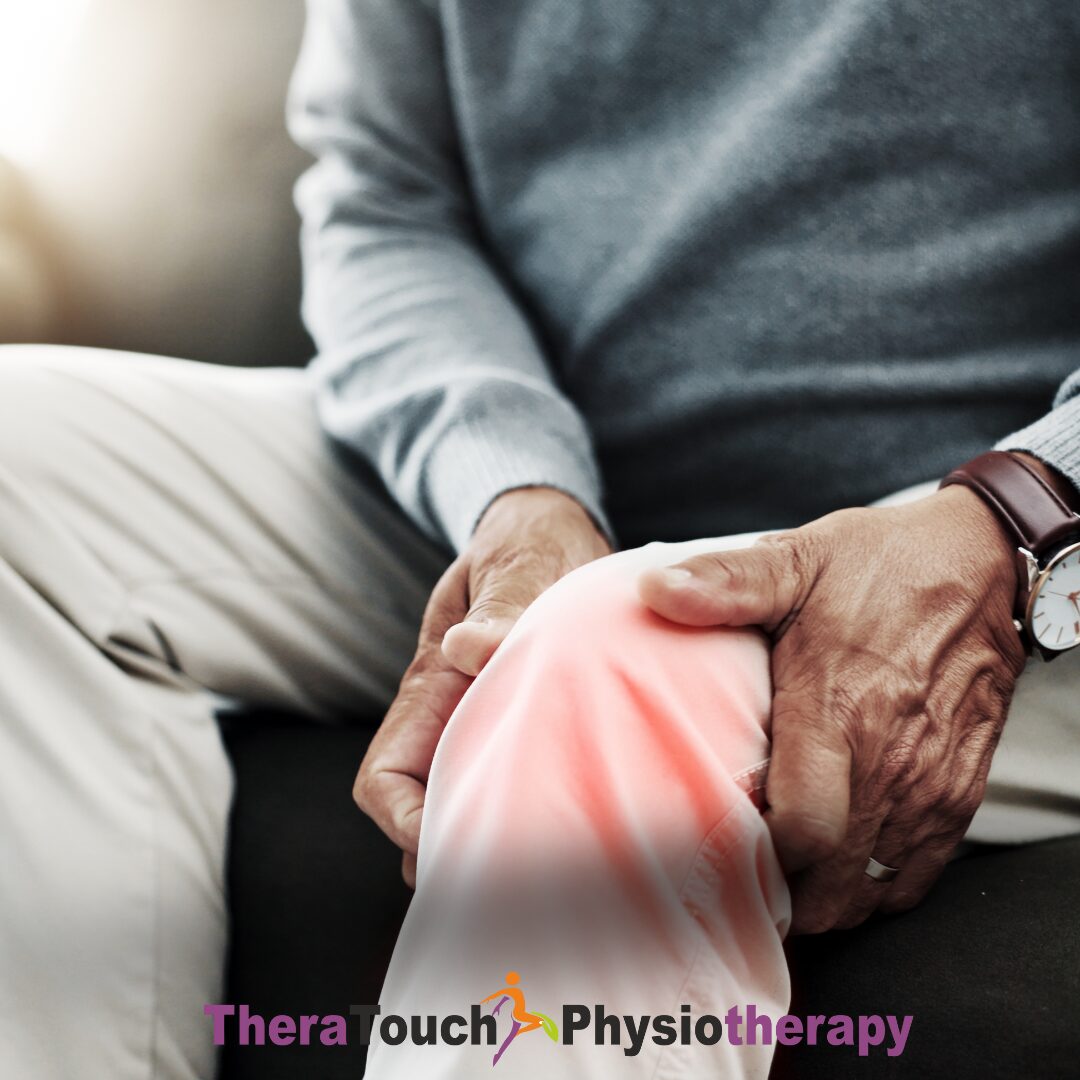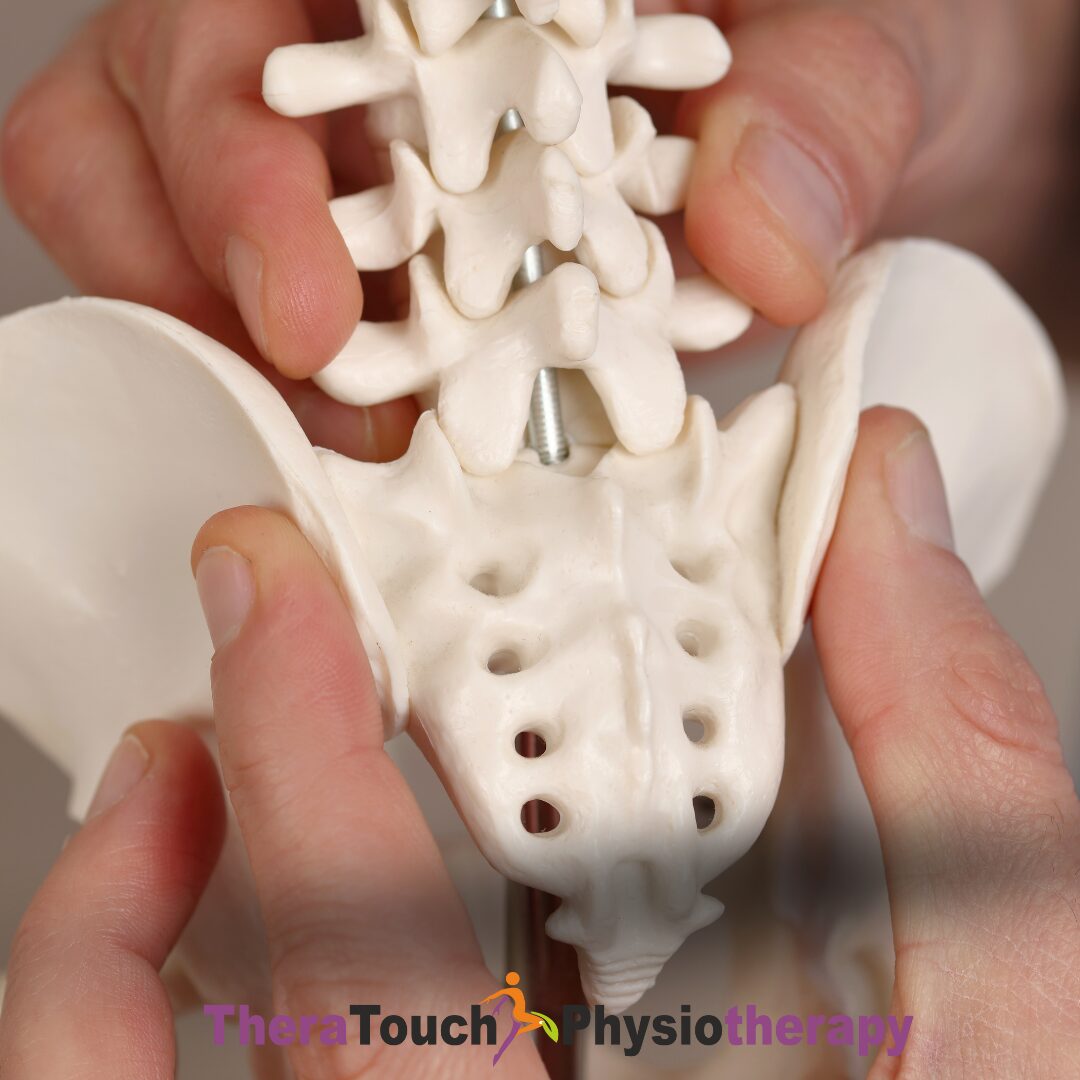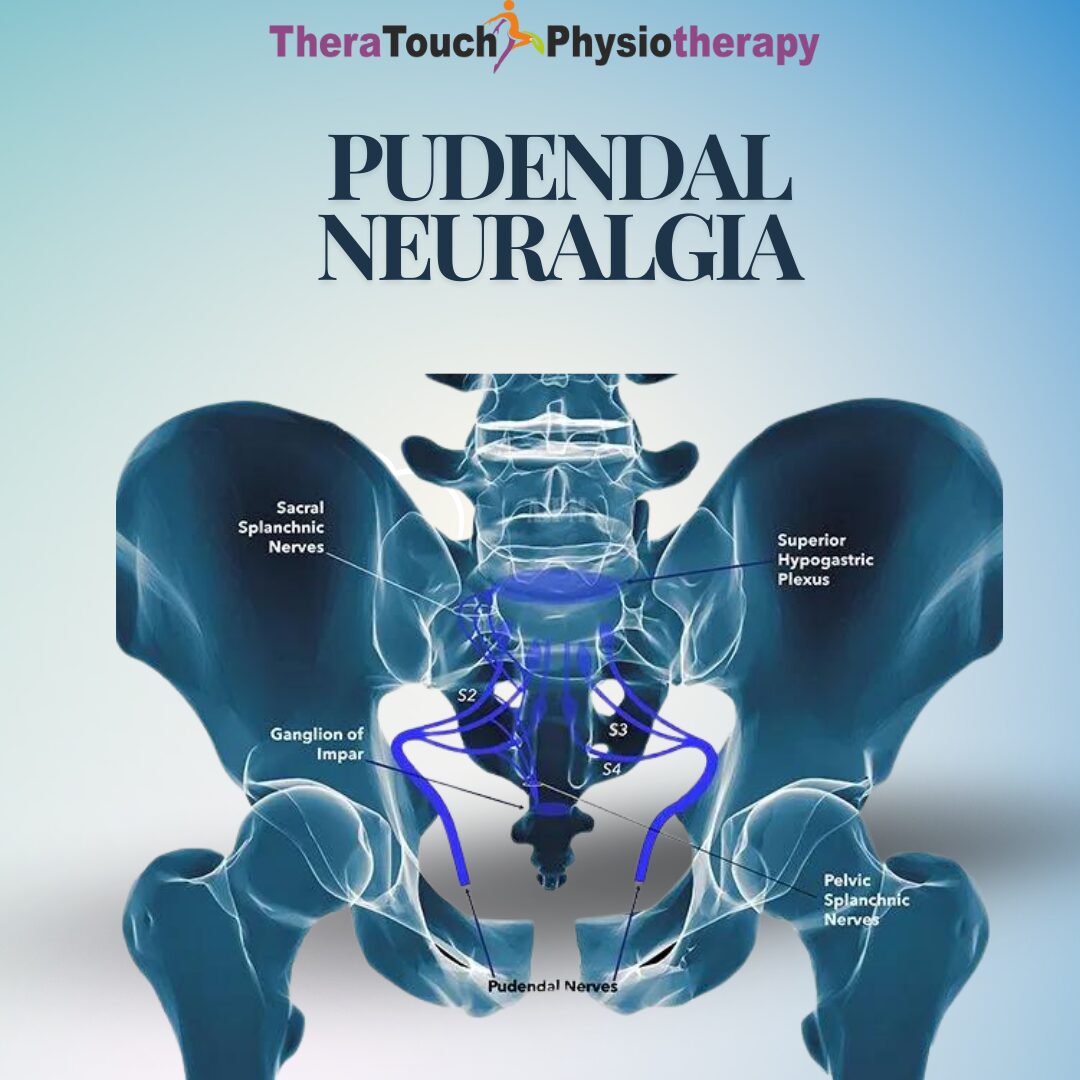Fibromyalgia: Symptoms, Causes, and Relief
Fibromyalgia is more than a chronic pain condition; it is a full-body challenge that affects both physical and emotional well-being. Millions of people worldwide live with its impact, often without realizing why they feel drained, foggy, and sore all over. Because fibromyalgia does not cause visible damage to joints or tissues, many patients spend years seeking answers. For some, the pain feels unbearable, while others describe an ongoing exhaustion that makes simple tasks like walking, cooking, or even concentrating on work feel overwhelming. Despite its invisible nature, fibromyalgia is real, and understanding it is the first step toward effective management.
What Fibromyalgia Really Is
Unlike arthritis or injury-related conditions, fibromyalgia does not stem from tissue damage. Instead, it is a disorder of pain processing within the central nervous system. In those affected, the brain and spinal cord amplify pain signals, making the body hypersensitive to even gentle pressure, temperature changes, or stress. Research has shown that neurotransmitters such as serotonin and norepinephrine are imbalanced in fibromyalgia patients, altering how the body interprets pain and increasing vulnerability to fatigue and mood fluctuations. This means that fibromyalgia is not imagined or exaggerated but rooted in measurable neurological differences.
How Fibromyalgia Feels
The hallmark of fibromyalgia is widespread musculoskeletal pain. This is often described as a dull, aching sensation that lasts for months and affects both sides of the body. But pain is only part of the story. Many patients also live with fatigue so intense that a full night’s sleep provides no relief. Cognitive difficulties known as “fibro fog” create forgetfulness, slower processing, and difficulty focusing. Sleep disturbances are common, and some develop related issues such as restless legs syndrome or sleep apnea. Emotional health is also affected, with anxiety and depression frequently linked to the constant cycle of pain and fatigue. Even environmental changes, bright lights, loud sounds, or shifts in weather—can worsen symptoms, creating a daily struggle that goes beyond physical discomfort.
Why Fibromyalgia Happens
The precise cause of fibromyalgia remains complex. Genetics plays a role, since the condition often runs in families. Stressful life events, infections, and physical trauma can act as triggers, turning latent vulnerability into active symptoms. Women are disproportionately affected, particularly during times of hormonal fluctuation such as pregnancy or menopause. Fibromyalgia often co-exists with conditions like rheumatoid arthritis or lupus, making it harder to diagnose. While one single trigger is rarely to blame, the interplay between genes, hormones, and life events shapes who develops fibromyalgia and how severely it manifests.
Challenges in Diagnosis
One of the most frustrating aspects of fibromyalgia is how long it takes to receive a diagnosis. There is no blood test or scan that definitively confirms it. Doctors rely on a patient’s medical history, the presence of widespread pain lasting more than three months, and tenderness across multiple body points. Because the symptoms mimic other illnesses such as arthritis, chronic fatigue syndrome, or thyroid disorders, many patients are initially misdiagnosed. This delay not only prolongs suffering but also increases emotional stress, as individuals feel unheard or misunderstood.
Conventional Treatments
There is no cure for fibromyalgia, but there are treatments that make life manageable. Doctors may prescribe antidepressants, anticonvulsants, or pain relievers to regulate neurotransmitters and ease symptoms. Cognitive behavioral therapy helps patients navigate the mental and emotional challenges of chronic pain. Lifestyle changes such as improving sleep routines, managing stress, and adopting gentle exercise routines also play a role. Yet while medication and therapy help, they often only manage part of the problem. This is where physiotherapy offers a more holistic and lasting approach.
How Physiotherapy Helps Fibromyalgia
Physiotherapy directly addresses the muscular and neurological imbalances that drive fibromyalgia symptoms. Through guided movement, manual therapy, and exercise, physiotherapists reduce stiffness, restore mobility, and recondition muscles that have weakened due to inactivity. Gentle aerobic activities such as aquatic therapy or stationary cycling are introduced gradually to improve circulation and reduce fatigue without overwhelming the body. Stretching and flexibility programs decrease muscle tightness, while relaxation techniques like deep breathing calm the nervous system. Importantly, physiotherapy provides patients with structure and encouragement, which makes it easier to remain consistent and avoid flare-ups.
Building a Sustainable Lifestyle with Physiotherapy
Physiotherapy is not only about what happens in the clinic. It also equips patients with tools they can use daily. Learning how to maintain correct posture reduces strain on the spine and joints. Breathing and mindfulness strategies empower patients to regulate stress before it worsens symptoms. Exercise routines designed specifically for fibromyalgia prevent overexertion while still promoting strength and flexibility. Over time, patients find that their energy levels improve, their pain decreases, and their ability to participate in work, family, and social activities grows stronger.
Frequently Asked Questions
One of the most common questions is whether fibromyalgia is a disability. In many countries, patients can qualify for disability benefits if the condition severely impairs daily living. Another frequent search is whether exercise makes fibromyalgia worse. The answer is that unguided or intense exercise can cause flare-ups, but structured physiotherapy ensures that activity strengthens the body without triggering pain. Many also ask if fibromyalgia can ever be cured naturally. While there is no permanent cure, physiotherapy combined with healthy lifestyle practices such as stress management, balanced nutrition, and improved sleep can create long-term control and significantly improve quality of life.
Conclusion
Fibromyalgia may feel like a lifelong burden, but it does not have to control your future. By understanding its neurological roots and adopting a multi-layered management plan, patients can reclaim comfort, mobility, and confidence. Physiotherapy stands out as one of the most effective approaches because it does more than ease pain; it helps individuals rebuild strength, regulate the nervous system, and restore independence. Living with fibromyalgia requires persistence, but with the right support and consistent therapy, it is possible to step out of the shadow of chronic pain and into a life of renewed vitality. For anyone who has been searching for lasting relief, a physiotherapy consultation may be the most powerful first step.




